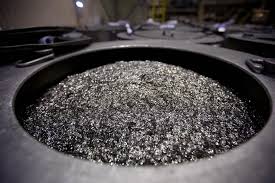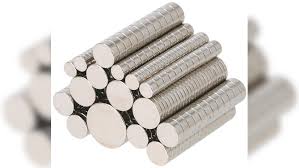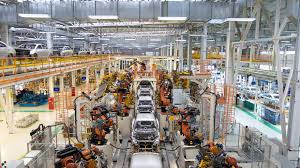India’s automobile sector has been hit by a new crisis. Due to the shortage of rare earth magnets, big carmakers like Maruti Suzuki India, Hyundai Motor India and Kia India have sought help from their respective Japanese and Korean headquarters. This shortage can have a huge impact on car production in the coming times, especially in electric vehicles (EVs), hybrid and internal combustion engine (ICE) models.
Importance of Rare Earth Magnets
Rare earth magnets such as Neodymium-Iron-Boron (NdFeB) magnets are used in EVs’ traction motors such as Permanent Magnet Synchronous Motors (PMSM). They are used in HVAC systems, regenerative braking, EPS, sensors and even audio components. Without these magnets, production of EVs becomes difficult as they are essential for their efficiency, torque and durability.

China’s Export Curbs and Start of Crisis
In April 2025, China imposed restrictions on the export of finished magnets with certain rare earth elements — such as Terbium, Scandium, Samarium, Dysprosium, Yttrium, Gadolinium and Lutetium. Now, end-use certification is necessary for these elements not to be used for military purposes.
China is the king of the global rare earth magnet supply chain – it owns 70% of the mining and almost 90% of the processing. Due to this, the whole world, especially the automobile sector, is facing a big crisis. Its direct impact is visible in India as well.
Impact on Maruti Suzuki’s e-Vitara Production
The production of Maruti Suzuki’s maiden EV – e-Vitara – has also been affected by this shortage. This vehicle will be made at the Gujarat facility and a target of 67,000 units was set in FY26. But now the target for the first 6 months has been reduced from 26,000-27,000 to less than 10,000 units.
According to sources, Suzuki Motor Corporation is now looking at alternate sources such as suppliers from Japan and Australia, so that dependence on China can be reduced. This EV is not just for India but is a global model that will be exported to 100+ countries, so Suzuki is extra cautious.

Preparation of Hyundai and Kia
Hyundai Motor Group is also quite aggressive in the EV segment. Hyundai has started making Creta Electric in India, while Ioniq 5 is assembled here. Kia’s EV6 and EV9 are currently being sold as CBU models. Kia plans to launch two new EVs — Carens Clavis EV and Syros EV — in the near future.
According to sources, the Korean parent companies have assured Hyundai and Kia India that the rare earth magnet shortage will not impact their production in the near-term, even if China does not export. Kia is moving ahead at full speed with its EV plans.
Concern and Cautious Optimism in the Industry
EV sales are still at a nascent stage in India — EVs accounted for just 2.7% (1.18 lakh units) of the total 4.35 million units of passenger vehicle sales in FY25. But demand is increasing and companies are investing for new models.
But the shortage of rare earth magnet has become a big concern. Experts say that if the current situation continues, inventories may end by July 2025.
Maruti, Hyundai and Kia have not officially commented on whether they have sought help from their headquarters to tackle the supply risk of rare earth magnets. But internal sources are saying that there is active coordination with parent companies.

Way forward
Finding non-China alternatives for rare earth magnets is not an easy task. Countries like Japan and Australia are trying to fill this gap, but it will be tough to meet this demand in the short term. The Indian government is also focusing on domestic processing and sourcing, but this will take time.
For now, the auto industry is trying to maintain a delicate balance – keeping production going and also finding a solution to the supply chain crisis. The rare earth magnet crisis has brought a new challenge in the journey of EV revolution.
